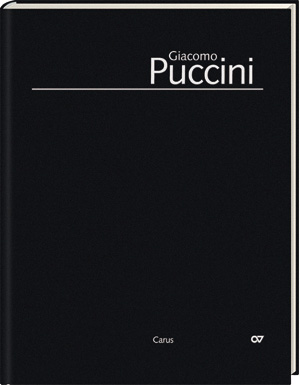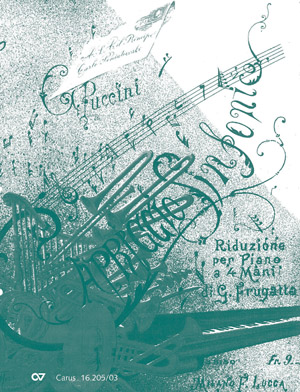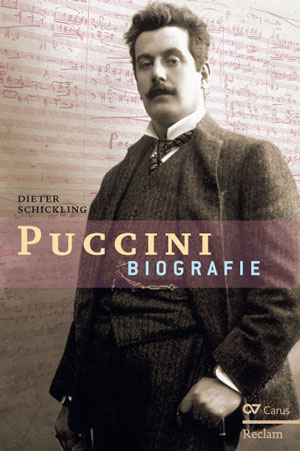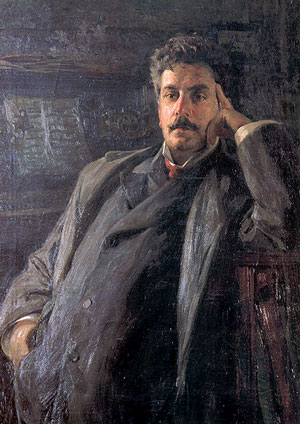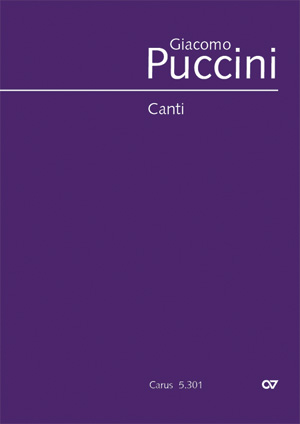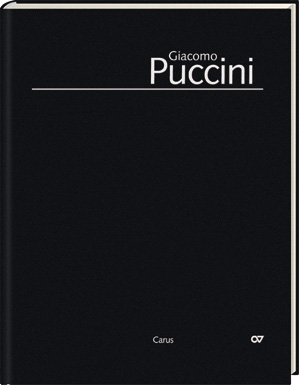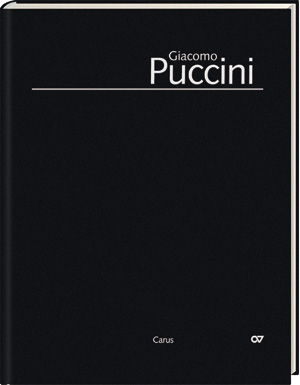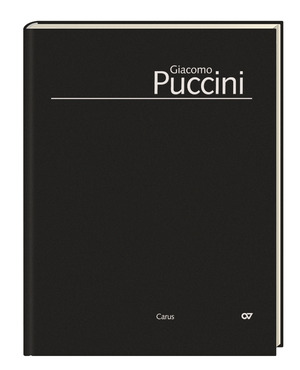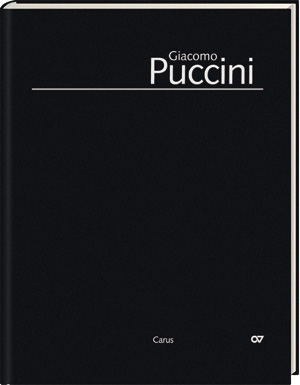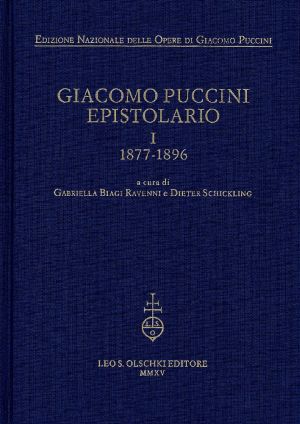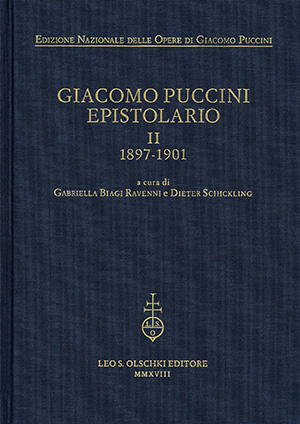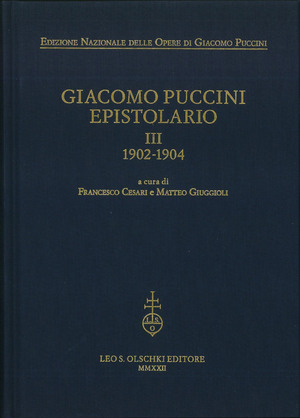Composizioni per pianoforte
Edizione Nazionale delle Opere di Giacomo Puccini, II/2.2
Puccini as a creator of piano music? The new volume of the "Edizione Nazionale" invites you to discover this still largely unknown side of the composer. Many previously unpublished works are available here for the first time.
In fact, Puccini regularly wrote piano pieces throughout his career. The volume opens with one of the first compositions he preserved: a short, almost childlike work (Pezzo in Sol maggiore). This is followed by other piano pieces, some combined into cycles. These works shed an interesting light on Puccini’s earliest days as a composer and allow us to follow his burgeoning skills. The later pieces are mostly occasional works, written alongside the great operas.
Browsing through the pages, one stumbles across many strokes of genius: For instance, when the melody wends its way to its climax before immediately sinking back to nothingness (Adagio in La maggiore, SC 31); or when, condensed to a mere 16 measures, the melody floats in melancholy fashion within a harmonic structure that avoids its tonal center until just before the end (Calmo e molto lento, SC 86, from 1916).
It’s well worth discovering this little-known side of Puccini!
Contents
-
Composer
Giacomo Puccini
| 1858-1924Giacomo Puccini came from a dynasty of church musicians who worked in the Tuscan city of Lucca. His Messa a 4 con orchestra, premiered there in 1880, seemed to point him toward a career in the same direction, but directly after this, he went to Milan Conservatoire with the aim of becoming an opera composer. His only independent orchestral works were written there as student works – the Preludio sinfonico (1882) and Capriccio sinfonico (1883), as well as some of his 16 complete surviving songs for voice and piano (Canti), which he composed, with frequent references to his operas, almost throughout his career. He achieved a breakthrough as an opera composer with Manon Lescaut (1893); between 1893 and 1904 he composed La Bohème, Tosca and Madama Butterfly, which remain his most frequently-performed works today. In recent years there has been a growing realisation that Puccini's entire output requires reappraisal. And so, he has increasingly come to be understood as a musician searching for a way forward into the modern age. Personal details
-
Editor
Virgilio Bernardoni
Frequent questions about this work
 There are no questions and answers available so far or you were unable to find an answer to your specific question about this work? Then click here and send your specific questions to our Customer Services!
There are no questions and answers available so far or you were unable to find an answer to your specific question about this work? Then click here and send your specific questions to our Customer Services!


